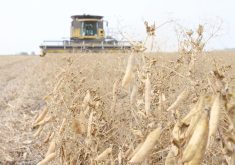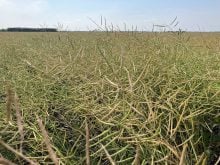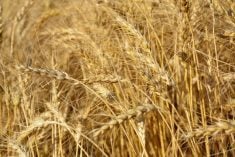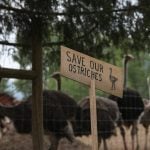DROWNING FORD, Alta.- Every day a town of 1,500 people and 4,000 head of stock got up and moved to a new site 25 kilometres away. It was no small feat, and a logistical challenge for organizers.
The six-day Western Stock Growers Association centennial cattle drive was a marvel of nomadic relocation.
The tent city was struck, the picket line – a rope fence used to tether horses – taken down, tens of thousands of litres of water hauled in, luggage and tents transferred, food and beverages brought in, garbage taken out, medical and veterinary needs met, security maintained, 103 horse-drawn wagons organized and moved, and more than 1,000 riders and their mounts given a direction of travel – all through the middle of a seldom traversed military training reserve.
Read Also
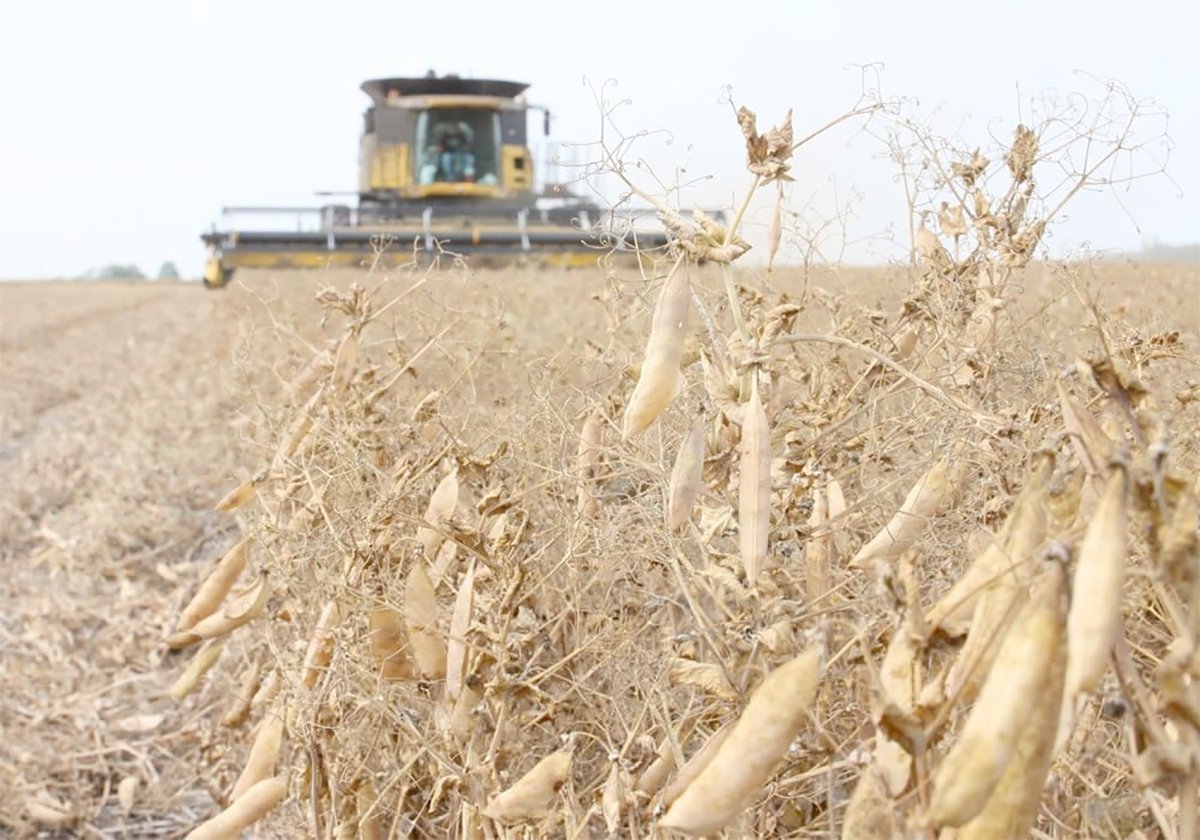
Chinese, Indian tariffs take toll on pea prices
The disruption of pea exports from Canada’s largest customers will likely result in slow pea exports for the remainder of the crop year.
Fetching up a daily breakfast for this crew, before 5 a.m., required a big kitchen. There were 2,500 eggs to scramble, 1,500 pancakes to drop on the griddle, 30 kilograms of bacon to fry, plus potatoes, fruit, croissants, yogurt, juice, milk, coffee and muffins to prepare.
Chef Bret Sisson of Calgary constantly had his hands full of food. Bagged lunches and the beef-based suppers added to his workload.
“Man, can this bunch drink a lot of coffee,” was one of his observations.
“The catering company earned every dollar of their $260,000 bill,” said one organizer after the event had pulled into its Medicine Hat destination.
“The grub is great. The predawn mornings are a little hard to take, but the food is just a little better than they would have had it a hundred years ago, I think,” said Bob Jensen of Leader, Sask., a participant and rancher on the drive.
The four-legged participants relied upon grazing along the route, and the horses were supplemented with more than 30 tonnes of hay per day.


